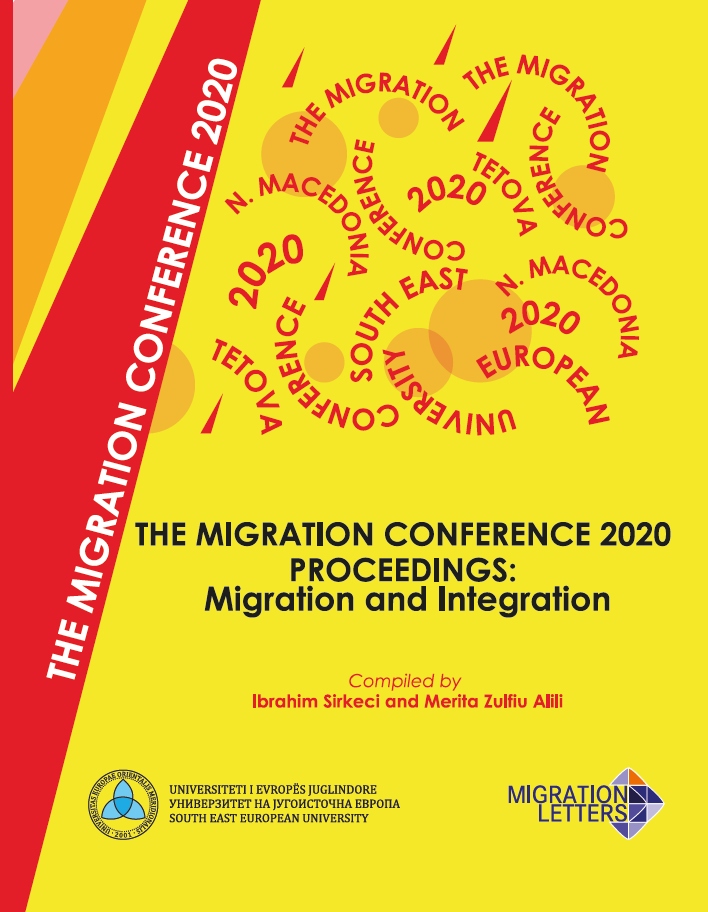Skopje-Istanbul: The Post-Communist Silkroad
Skopje-Istanbul: The Post-Communist Silkroad
Author(s): Ali Pajaziti
Subject(s): Economy, Tourism
Published by: Transnational Press London
Keywords: Skopje; Istanbul; tourism; cultural relations;
Summary/Abstract: The capital of Republic of Macedonia is a very important point of Balkan Peninsula. It is a city of the Vardar river, which is called Second Bosphorus, a social area where different ethnicities and religions live in a multicultural spirit for centuries. There is no doubt that Pax Ottomana and its spirit of millets has it influence and plays a very important role in the protection of the living mosaic up today. For centuries Istanbul is very relevant item for citizens of Europe [Majority of the international visitors visiting Turkey and Istanbul (%73) is the Europeans. (Kerimoglu-Ciraci, 2006: 4)] Balkan, i.e. Macedonia, especially for muslim community; in the period of dissolution of the Ottoman Empire, of the Balkan wars and in communist era, the Albanian, Bosniak, Torbesh and Turk community of ex-Yugoslavia permanently looked for methods to emigrate in Turkey, and after the communism, they see Istanbul as an attractive megalopolis or megacity (Elchinova, 2017) with modern and dynamic nature, as destination for tourism, from cultural to medical (Mihailović, 2016), for their economic activities, for education of the young etc. This paper deals with the reasons of the istanbulocentrism of Macedonian citizens. The method used in this paper is descriptive-docummentary, interviews with the respondents that tend to give a clear picture of using the tourism road Skopje-Istanbul and vice versa.
Book: The Migration Conference 2020 Proceedings: Migration and Integration
- Page Range: 235-242
- Page Count: 8
- Publication Year: 2020
- Language: English
- Content File-PDF

